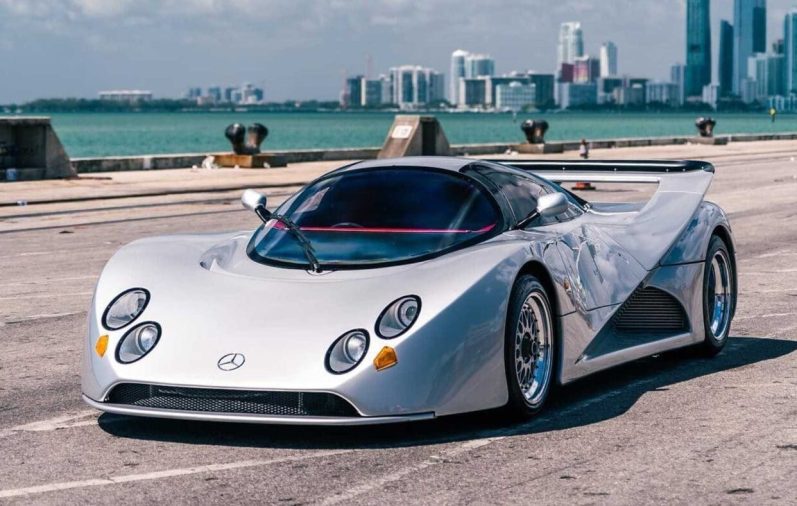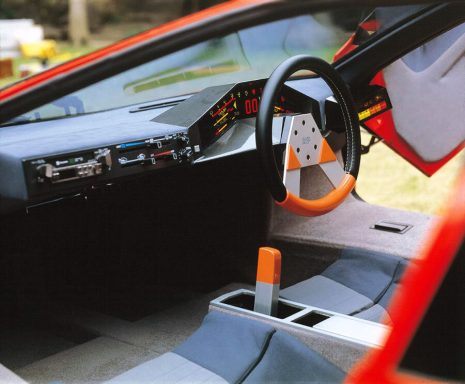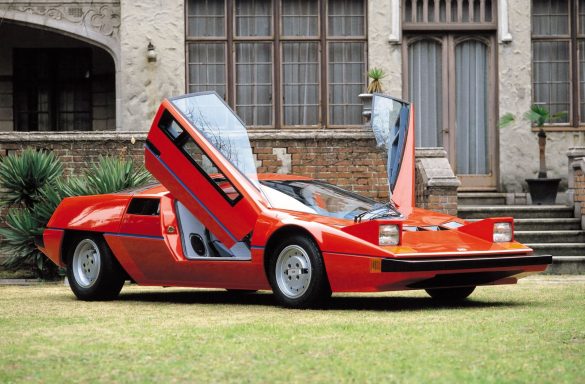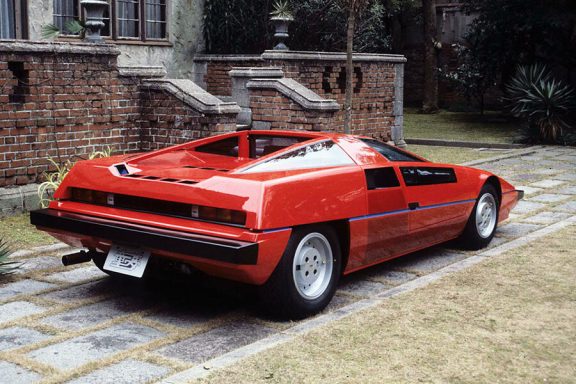The Road Less Traveled: Early Missteps in Hypercar Development
As supercars became increasingly common, smaller manufacturers began crafting their interpretations of what a supercar should embody. Drawing inspiration from iconic models like the 288 GTO and 959, some of these companies aimed to produce the most extravagant vehicles ever seen. However, only a handful of these efforts achieved success. At that time, the marketing strategies and design expertise necessary to create such remarkable engineering feats were still developing. The technology was not advanced enough, and supercars primarily depended on basic mechanical engineering for speed, with aerodynamics and electronic engineering still far from their current state.
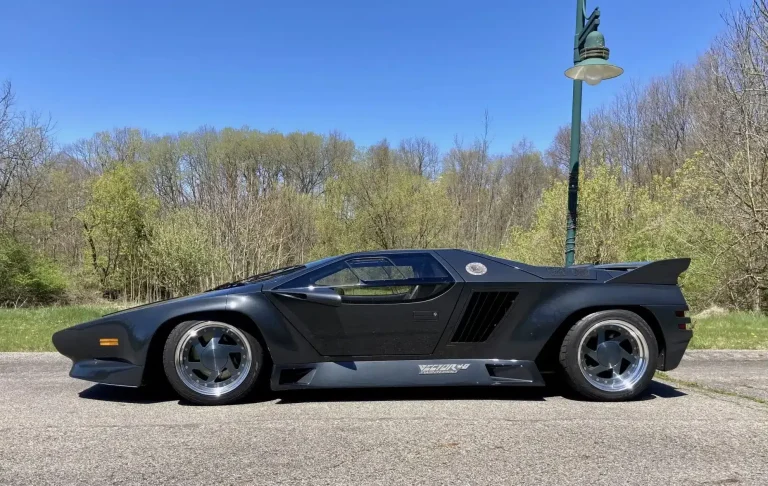
Dome Zero (1976)
The Dome Zero, a mid-engine, rear-wheel-drive sports car, was conceived by Japanese entrepreneur Minoro Hayashi, who aimed to compete in the 24 Hours of Le Mans. Designed in 1976, Hayashi understood that to secure funding for his Le Mans entry, he would need to sell a road-legal version to the public.
Unlike many supercars of its time, the Dome Zero was equipped with a 2.8L Nissan straight-six engine sourced from the Datsun 280ZX. While it may not have been the fastest option available, its striking design and advanced technology set it apart from other supercars.
The prototype of the Dome Zero made its debut at the 48th Geneva Motor Show in 1978, garnering significant interest from potential investors and buyers. However, Hayashi faced challenges in obtaining Japanese road certification for the car, a mystery known only to him and the authorities. Without the necessary funding for the road version, the Le Mans model was also left unfinished. Nevertheless, Hayashi managed to strike licensing deals with several toy manufacturers, which is why many of us recognise the car despite not knowing it ever existed.
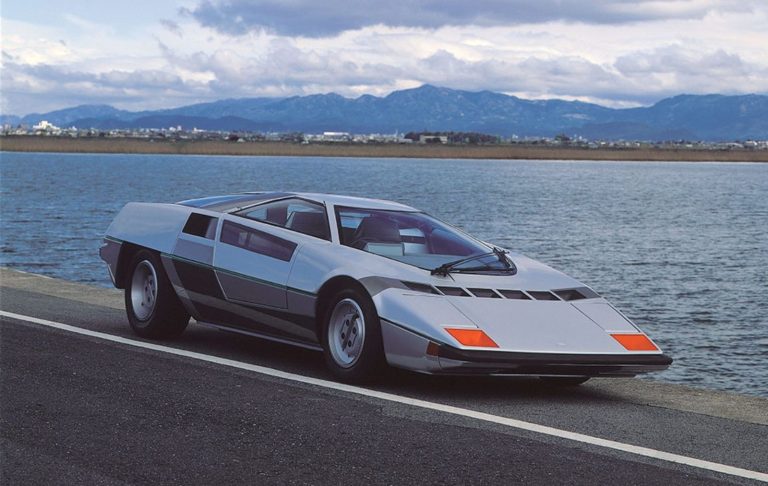
Vector (1978 - 2019)
The company that refused to give up!
Vector Motors Corporation was established by Gerald Wiegert in 1978 in Wilmington, California. His vision was straightforward: to create the finest supercar in the world in America, using American-made parts! Although the journey has faced numerous challenges, their unwavering determination is truly remarkable.
Nearly every car produced by the company is designated the letter "W" (for Wiegert) and a number. A letter "X" after the W (e.g. WX-8) signifies a prototype unit.
Vector W2
Vector's initial effort was the prototype W2, which was introduced in 1979. It featured a Bosch fuel-injected, twin-turbocharged 5.7 L Chevrolet V8 engine, boasting a reported top speed of 242 mph (389 km/h). Only a single prototype of this car was ever produced.
Vector W8
After a decade of refining their initial "prototype," Vector began enhancements in 1989. They were now in a position to invest, having spent the previous ten years not only developing the vehicle but also engaging in public stock offerings and legal battles with various companies, including Vector Cigarettes and Goodyear Tires, due to a conflict over the name Vector Tires.
With new funding, they introduced the W8, which incorporated cutting-edge aerospace materials in its construction. Only 19 units of the W8 were produced—17 for customers and two for pre-production testing—each equipped with a 6.0 L twin-turbocharged Chevrolet V8 engine.
The car's distinctive and somewhat futuristic design garnered significant media attention, with magazines and posters celebrating its sleek, modern silhouette. The British automotive show Top Gear conducted an in-depth review of the W8, but Vector requested that the show refrain from testing the car's claimed top speed of 230 mph (370 km/h). This request led many to speculate that the small manufacturer’s top speed claim might be somewhat "inflated."
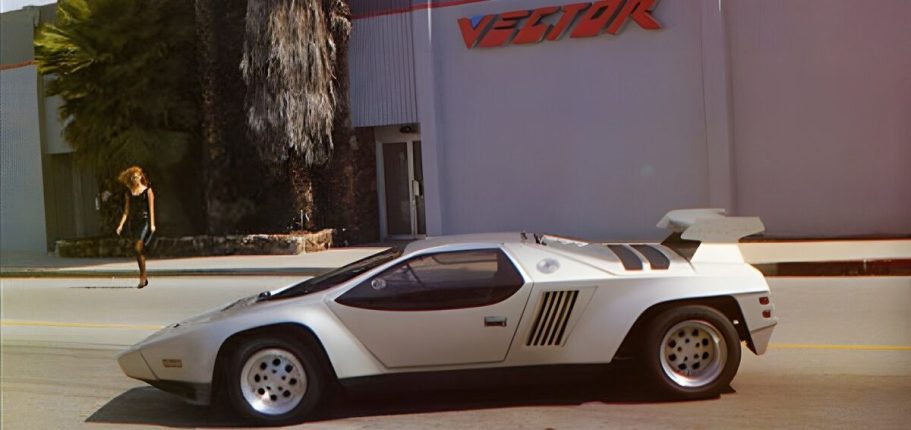
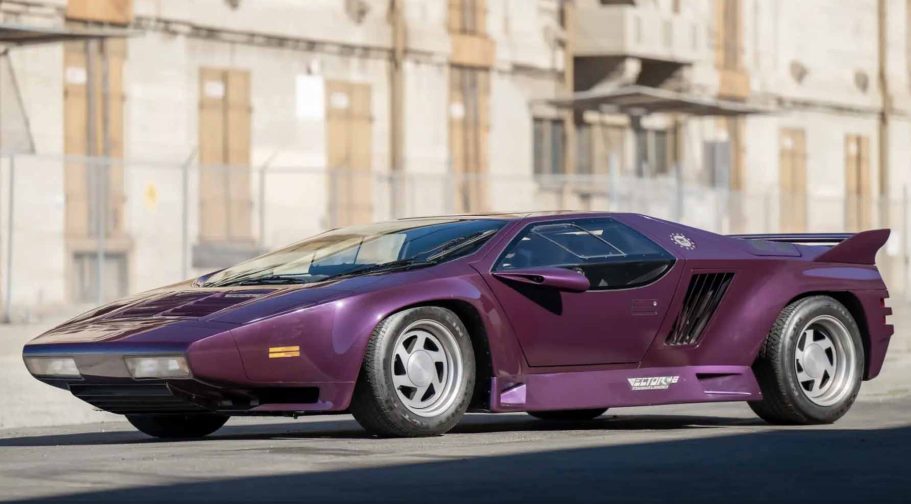
Avtech WX-3
At the 1993 Geneva Motor Show, Vector unveiled its latest venture into the Hypercar market with not one, but two models: the WX-3 coupe and the WX-3 roadster. These vehicles were essentially revamped versions of the W8, and Vector intended to offer three engine choices: a 600 bhp "basic," an 800 bhp "tuned," and a staggering 1,200 bhp twin-turbo "insane." However, after Wiegert returned from the show, the Vector Board requested that he step down as CEO and focus solely on his role as the company's designer. He declined their request and ordered the Vector headquarters to be locked down, leading to his dismissal by the Board. Ultimately, only the two pre-production models were created, and full-scale production never took off.
Vector M12
Now here’s where it gets complicated… MegaTech, which at the time also owned Lamborghini, took over Vector Motors and initiated the development of Vector's fourth Hypercar. The initial model, the M12, was inspired by the earlier WX-3. However, with MegaTech aiming to manufacture vehicles in larger quantities at a more affordable price, they integrated the mechanical parts and the 5.7 L V12 engine from a Lamborghini Diablo into the design. Just before production was set to start, Wiegert filed a lawsuit against Vector for using his AX-3 design, prompting MegaTech to redesign the M12. Production kicked off in 1995, with the M12 capable of accelerating from 0 to 60 mph (97 km/h) in 4.8 seconds and reaching a maximum speed of 189 mph (304 km/h).
In 1996, just a year later, MegaTech sold Lamborghini to VW/Audi, and the management of Vector acquired the company. Although production continued at a slow pace, it came to a halt in 1999 when Lamborghini stopped supplying parts due to Vector's inability to pay for them, a situation exacerbated by issues with MegaTech’s principal, who had been “misappropriating” Vector’s profits. As part of the settlement for their debts, Lamborghini accepted a W8, but this vehicle was not legally owned by Vector; it belonged to Gerald Wiegert personally. Wiegert successfully sued Lamborghini for the return of the car. Lamborghini and VW/Audi to this day have yet to return the car.
In total, 17 M12s were produced, one of which was modified into a race car by Vector. It participated briefly in motorsport but faced ongoing mechanical issues and did not achieve success.
SRV-8
Vector revamped the M12, renaming it the SRV-8, and equipped it with a Corvette LT1 engine along with a Porsche transaxle. Shortly after the car's public debut, Vector faced financial difficulties and shut down, having produced only one prototype. The remnants of the company were acquired by American Aeromotive, a firm specializing in aviation components. Eventually, Wiegert regained control of Vector's assets, and in August 2006, he showcased the 10 Litre WX-8 Prototype at the Concorso Italiano, boasting over 1800 bhp and a maximum speed of 270 mph (430 km/h). However, the car's design faced significant criticism, with some claiming it borrowed headlights from the Mk IV Toyota Supra and shared its body with an older Chevrolet Camaro. As of 2019, Vector was still on the lookout for funding to continue production of their vehicles.
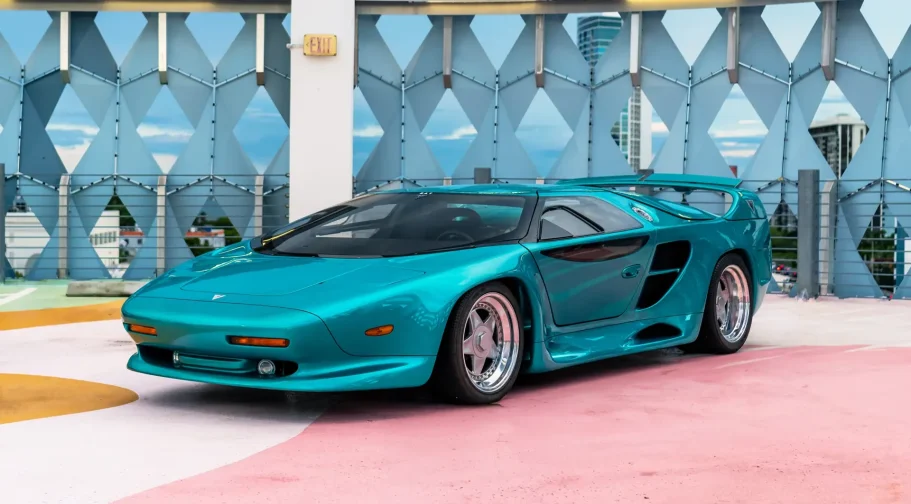

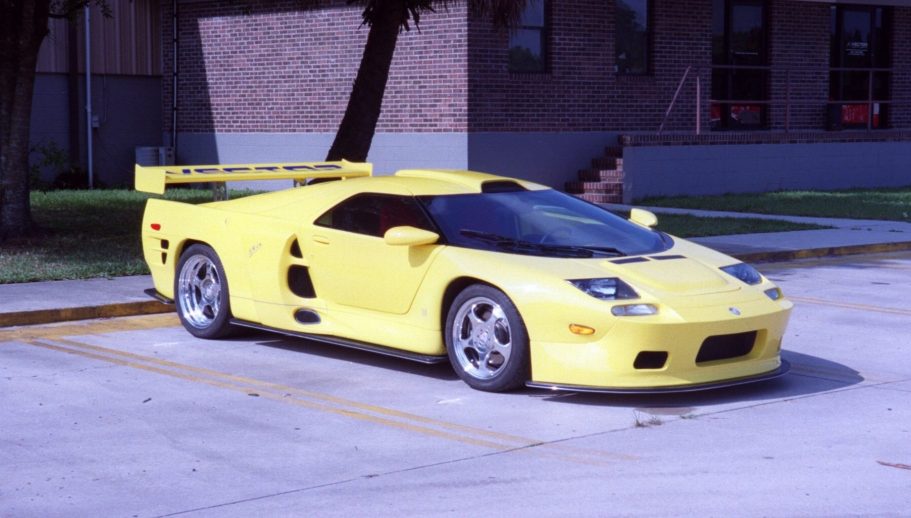
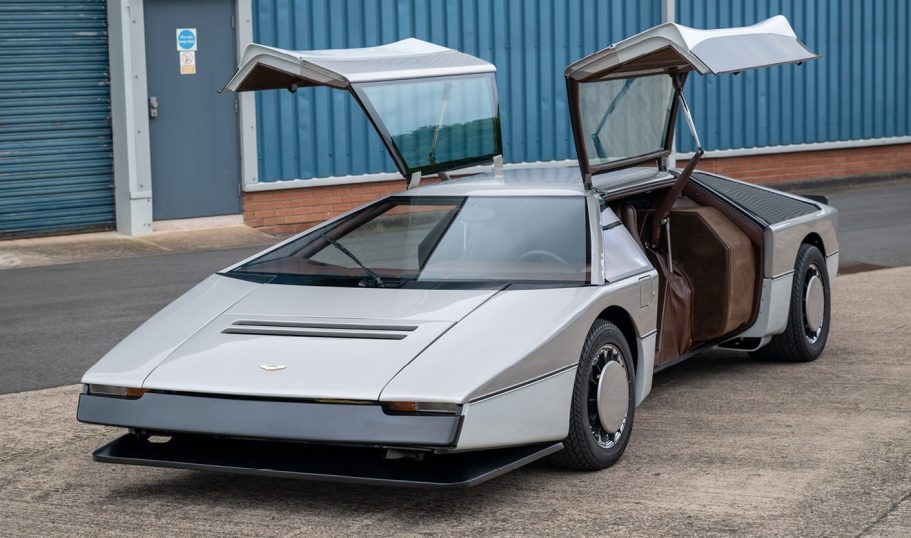
Aston Martin Bulldog (1982)
This marked Aston Martin's initial effort to create the fastest production car in the world. The Bulldog featured a distinctive wedge-shaped design crafted by William Towns, who was primarily known for designing seats and door handles before transitioning to Rover and then Aston Martin as a seat designer, ultimately becoming a key figure behind the Lagonda models. Aston Martin intended to produce between 15 and 25 Bulldogs; however, in 1981, when Victor Gauntlett took over as chairman, he deemed the project too expensive, leading to the cancellation of the Bulldog.
Yamaha OX99-11 (1989)
In 1989, Yamaha entered the world of Formula One as an engine supplier and decided it would be exciting to create a road-legal Formula One car. By 1991, the team had successfully developed the engine, and after collaboration with both a German and a British company on the innovative car's design, Japan faced a severe financial crisis. As a result, Yamaha realized that potential buyers would likely hesitate to invest the $800,000 required. Ultimately, only three prototypes were produced.
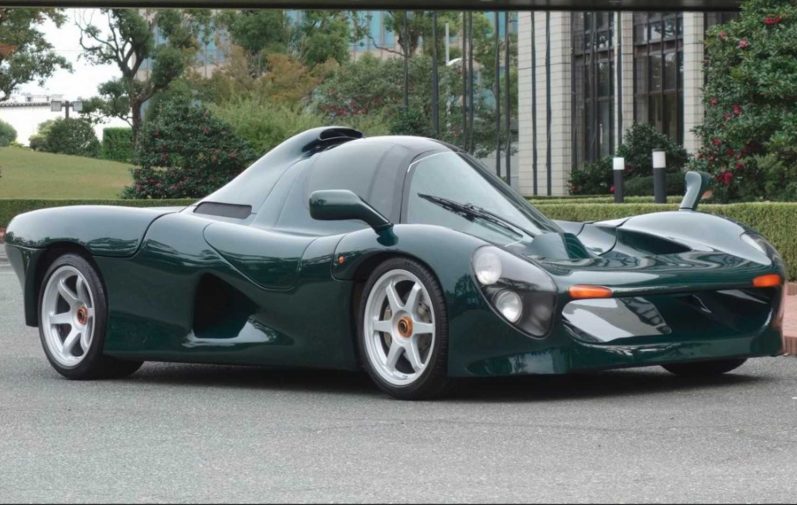
Cizeta Morodor (1991)
The Cizeta-Moroder V16T was produced between 1991 and 1995, developed by a team of former Lamborghini staff, including automotive engineer Claudio Zampolli, in collaboration with music composer Giorgio Moroder. The design was crafted by the renowned Marcello Gandini, known for his work on the Lamborghini Countach and Diablo.
The name Cizeta-Moroder is derived from the Italian pronunciation of Zampolli's initials (CZ) and Moroder's last name. After Giorgio Moroder left the company, the vehicle was rebranded as the Cizeta V16T.
Gandini incorporated elements from his original Lamborghini Diablo design into the V16T's front end, although modifications were made due to Chrysler's ownership of Lamborghini at the time, resulting in a slightly altered and softer appearance.
The V16T boasted an impressive top speed of 204 mph (328 km/h) and could accelerate from 0 to 62 mph (100 km/h) in just 4 seconds, all while offering luxurious features typically found in much heavier vehicles.
Cizeta projected a production rate of one car per month, priced at $650,000 each. However, after four years, only 12 V16Ts were produced, including one prototype, before production was temporarily halted. From 1999 to 2003, only two additional cars were made (one coupe and one spyder) when production resumed.
In 2006, production of the V16T restarted once more, and the car remains available today, though it is exclusively made for the ultra-wealthy on a custom-order basis.
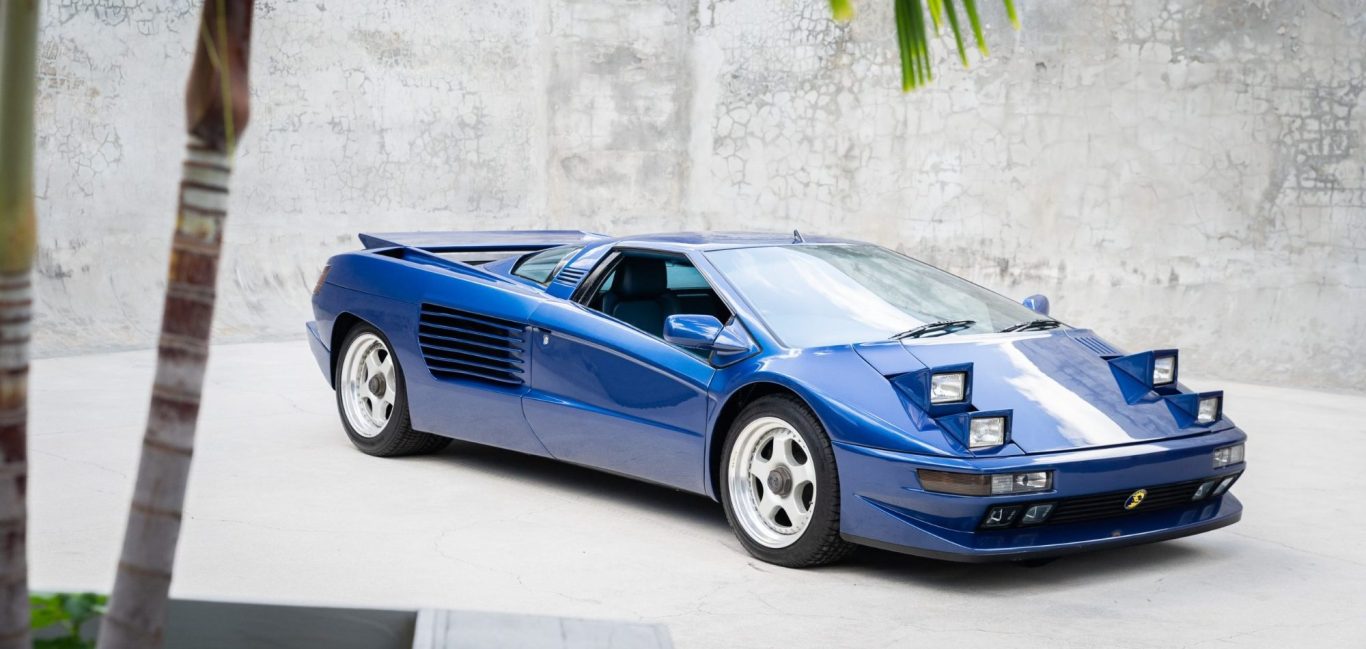
Aixam-Mega (1992)
In 1992, Aixam-Mega from France decided to take a chance by creating the Mega-Track. Unfortunately, it didn't find a market, and the company has since shifted its focus to producing plastic micro cars.
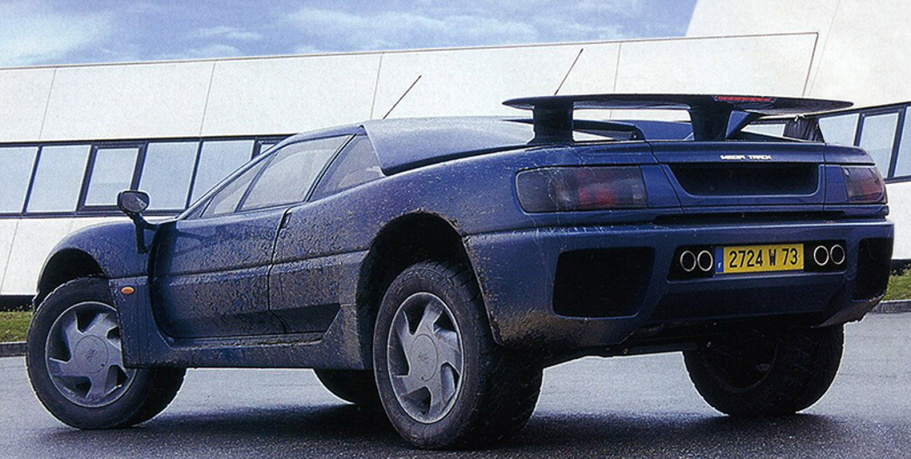
Jaguar XJ220
The XJ220 concept car featured all-wheel-drive, a V12, and a promised top speed of more than 200 mph. Jaguar, alongside race engineering company Tom Walkinshaw Racing who part collaborated on the project, unveiled the Hypercar at the 1988 British International Motorshow to massive ovation. The cars sleek design, scissor doors and concealed lights drew in the crowds as people stood there with blank chequebooks ready to put down a deposit on sight on what would become the fastest production car of 1992/93. Approximately 1,500 deposits of £50,000 were taken on site with deliveries planned for 1992.
Based upon a V12 concept car, designed by a small group of Jaguar employees in their spare time, the XJ220 concept car people had paid deposits on would significantly differ from that eventually delivered. Emissions and engineering requirements meant that the V12 engine had to be swapped for a turbocharged V6 taken from a Rover Metro 6R4 rally car. This, along with the recession brought about in the early 1990’s, resulted in most buyers pulling out of the project and taking back their deposits. In total, just 275 cars were built by the end of production, at £470,000 each, making it not only the fastest car of its time, but the most expensive.

Lister Storm (1994)
The Lister Motor Company began production of racing cars back in 1954, in Cambridgeshire, England. By the 1980’s they were producing untamed versions of Jaguar’s XJS for use in competition motorsport before creating their own bespoke GT race car in 1993… The Lister Storm.
The Storm raced successfully in GT and with public interest in the marque obvious, Lister decided to create their own road-going versions for the public. Fitted with the largest V12 engine fitted to any production car since the 1940’s (a Jaguar 7.0 Litre taken from the XJR-9s which were being raced at Le Mans) the Lister Storm went on sale at £220,000. The car produced 546 bhp, weighed just 1,664 kg, and was capable of the 0-62 mph (0-100 km/h) in 4.1 seconds.
The Storm’s high price tag was to be its downfall though. At this time the latest Ferrari 348 would only cost £85,000. Only four examples were built before production ceased, with only three of those surviving today.
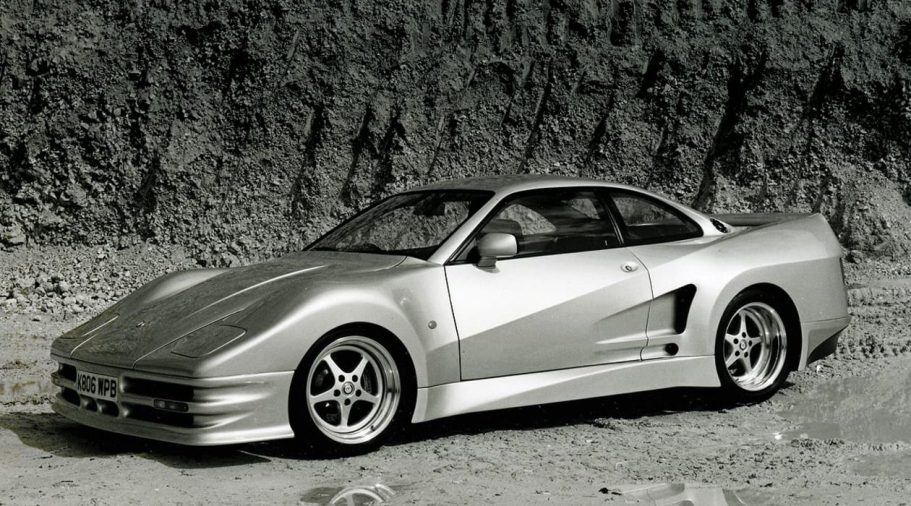
Lotec C1000 (1995)
Lotec is a German manufacturer known for its race cars and for customizing vehicles from Porsche and Mercedes-Benz. In 1990, a wealthy oil magnate from the UAE commissioned Lotec to create the ultimate automobile. By 1995, the Lotec C1000 was finished, with a staggering production cost of approximately $3.4 million (USD). It featured a 5.6L Mercedes-Benz V8 engine equipped with two turbochargers, delivering an impressive 1000 horsepower—an extraordinary feat for that era. Despite its lavish price, the C1000 did not attract any further orders and never made a second appearance.
